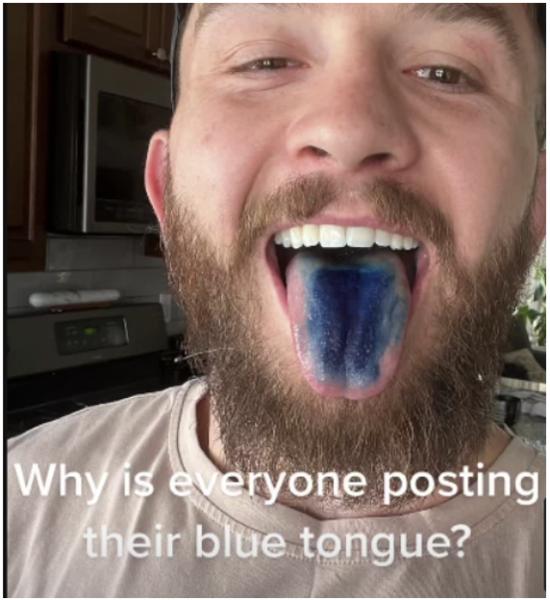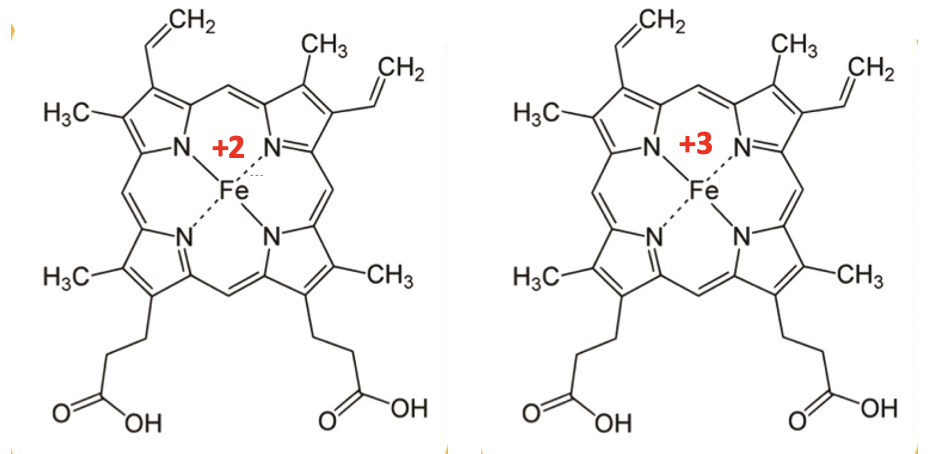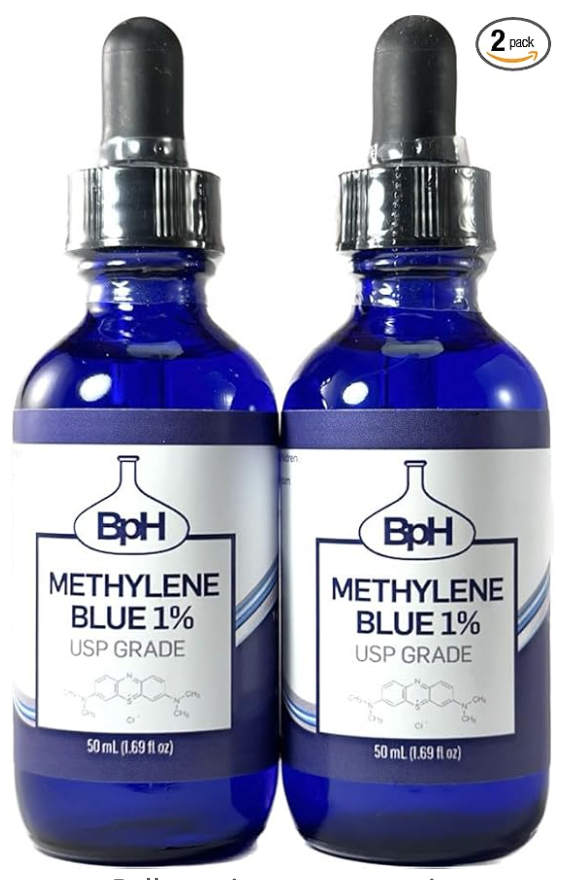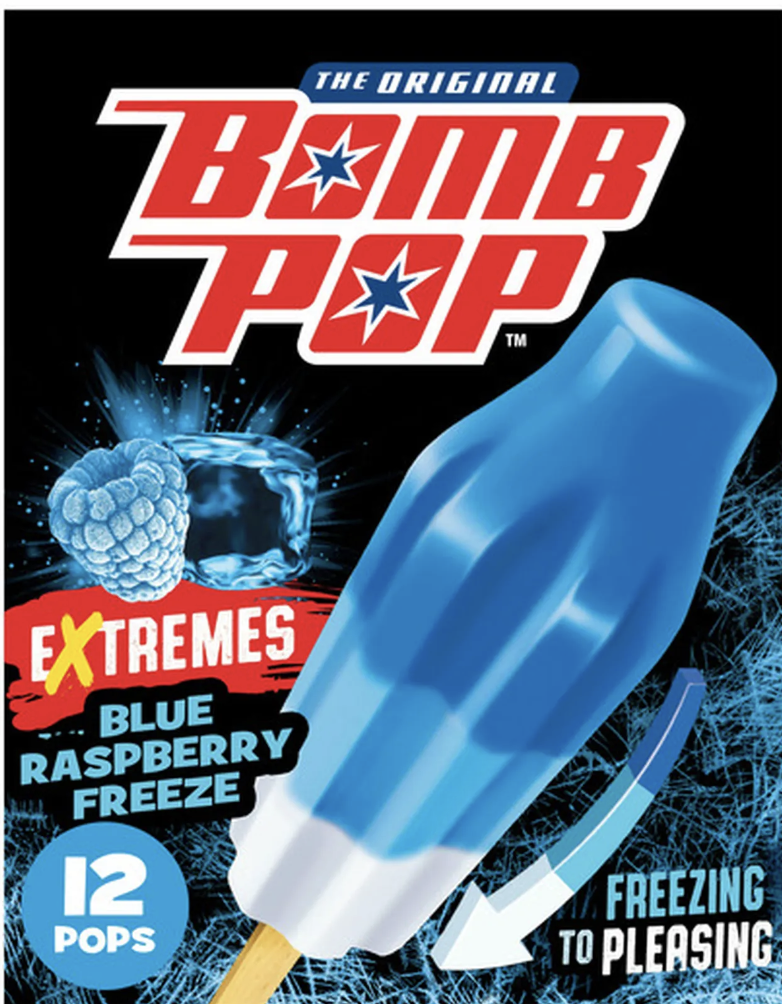Methylene blue is a hashtag paradise on TikTok, where 5,500 #bluetongue videos were posted. Why? Ignoring the normal idiocy seen on the site there are all kinds of claims that it does wonders for [you name it].
When supplements are touted as being useful for a ridiculously large variety of unrelated medical conditions look out. This is as sure a sign of supplement BS as you'll ever see. Today's poster child is a fabric dye called methylene blue.
Here is an impressive list of unsubstantiated (some downright absurd) conditions claimed for the chemical, which was first synthesized in Germany 150 years ago.

I hate to break it to TikTok users but there is no drug in the universe that treats two dozen different conditions and it's a sure bet that methylene blue won't be the first, despite 155 Amazon products that make some of these claims.
→Treatment of methemoglobinemia
Time for a junk sale
Some sell it in style:
This stuff can put you in harmony with the Earth and make you wealthy!
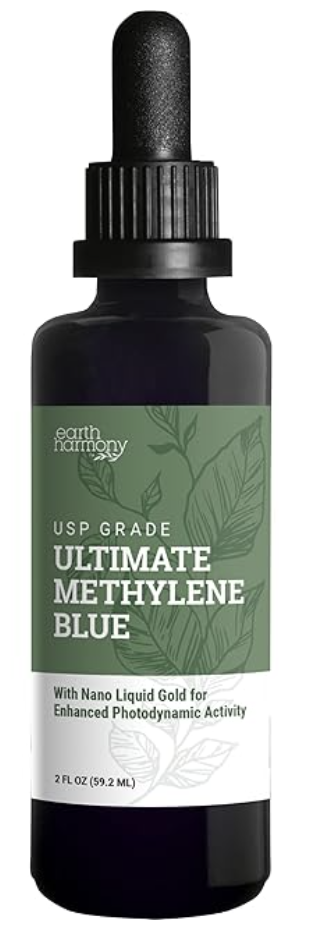 Earth Harmony Methylene Blue Pharmaceutical Grade 99.99% with Dropper, with Liquid Gold (3) for Enhanced Photodynamic Activity & Increased Absorption, Methylene Blue USP Grade, No Formaldehyde (2 Oz)Liquid
Earth Harmony Methylene Blue Pharmaceutical Grade 99.99% with Dropper, with Liquid Gold (3) for Enhanced Photodynamic Activity & Increased Absorption, Methylene Blue USP Grade, No Formaldehyde (2 Oz)Liquid
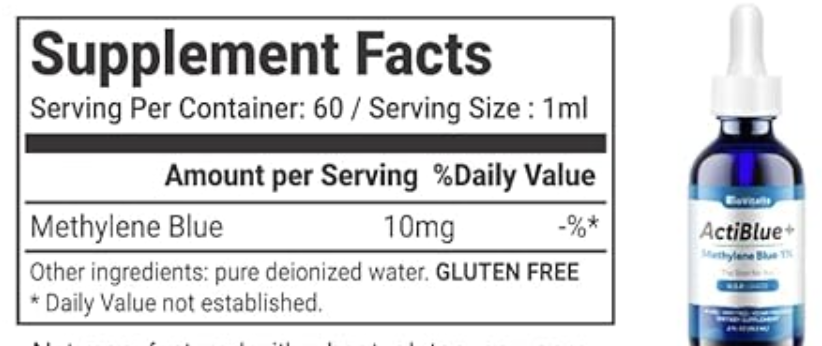
Actiblue+ Methylene Blue 1% : Methylene Blue Pharmaceutical Grade ISO Certified Third Party Lab Tested 99,9% No Formaldehyde No Alcohol No Gluten & GMO (2Fl.Oz)
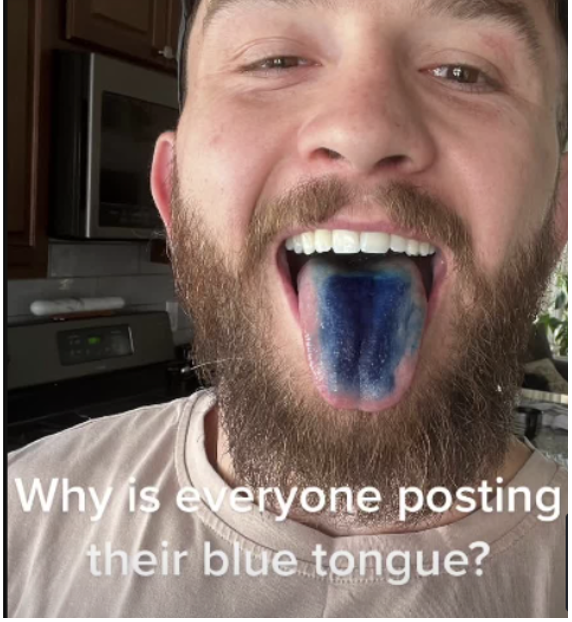
Homo sapiens moronicus on TikTok
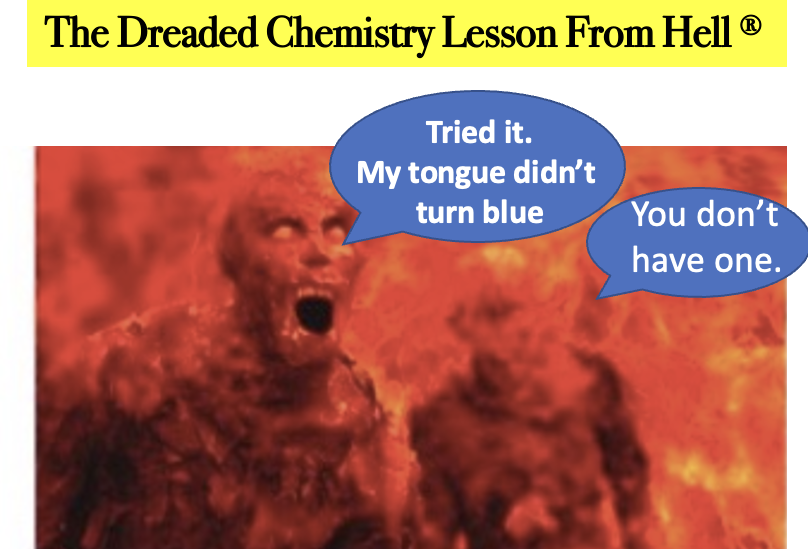
Steve (left) and Irving, both avid TikTok fans, tried the stuff. It didn't work. It remains to be seen whether they can become influencers.
The name is apt.

(Left) Pure methylene blue is so blue that it appears black in solid form. (Center) A dilute solution is so dark that it looks like paint. How dilute? The flask contains 10 mg dissolved in 200 mL of water – a paltry 0.000157 M. To give this some perspective, if you make a salt solution of the same concentration it would take 1.8 mg of salt dissolved in 200 mL. The threshold for the human taste of salt is about 60 times higher, so you wouldn't even know the salt was there. Not even close.
But if you hold the flask in front of a powerful light source, perhaps a supernova, you can see through it – one of the requirements of a solution. On the right is a serial dilution experiment. The third tube contains 0.0001 grams (0.1 mg) of methylene blue dissolved in 100 mL of water (0.00000313 M) but you can still see the color. Credits: Sigma-Aldrich catalog, Wikipedia, Flickr
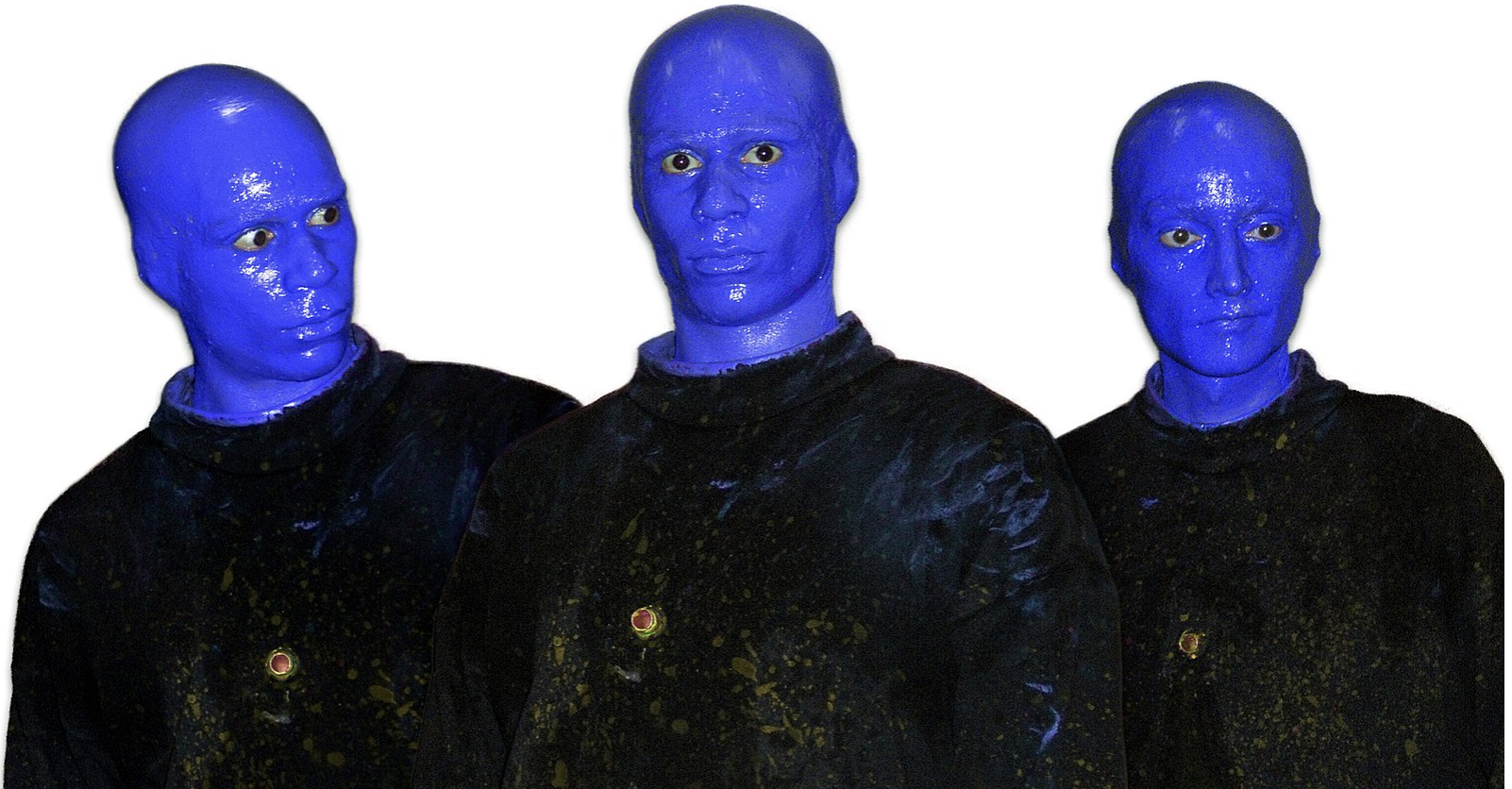
Methylene blue makes these guys jealous. Image: Wikimedia
Snotty comment time!
Of course, according to homeopathic principles, the color should get darker the more you dilute it, right? Makes as much sense as the rest of it.
(2) Gold melts at 1,947oF. This is quite unlikely to be in the bottle.
